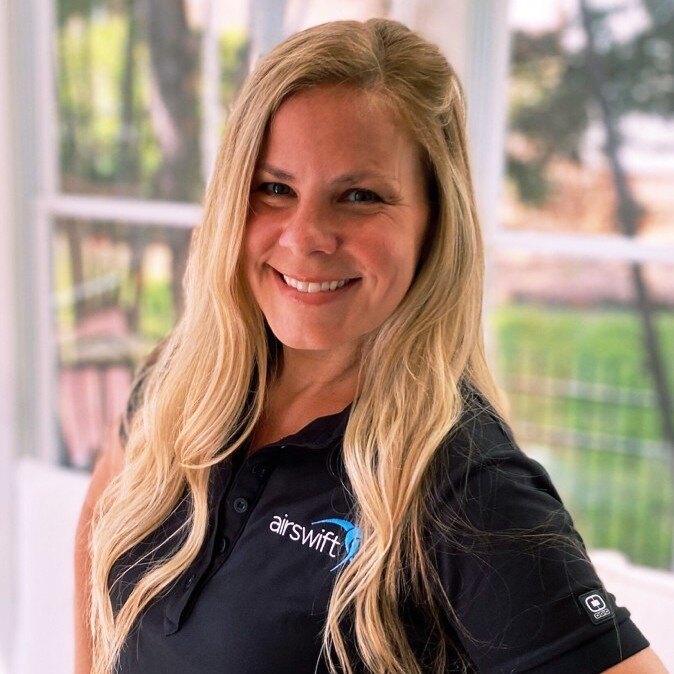
By
Liz Fiumara
July 14, 2023
Updated
September 18, 2024
Source: Rawpixel.com/Shutterstock
When a small to mid-sized business is projecting growth, it is an exciting time, and there is much to plan for the prosperous days ahead.
Scaling business operations is one of the most important parts of that planning, as businesses must ensure they can handle that growth.
This almost always includes workforce expansion. A smaller-sized business may find itself in a position where they do not have the infrastructure to manage hiring and the requirements that come along with it, as well as payroll and employee benefits administration.
This is where employment solutions like Professional Employment Organisations, or PEO, can help.
What does a PEO do exactly?
A PEO acts as a “co-employer” with the company they are hired to assist. What does that mean? It means they share the responsibilities of the employee with the company.
Those responsibilities most commonly include the hiring and onboarding processes, payroll administration, employee benefits, PTO or leave accrual, administrative tasks, and Human Resource related functions. Essentially, a PEO acts as a full-service HR function for the company.
What are the benefits of using a PEO?
One of the biggest advantages of using a PEO is accelerating the speed with which a company can market in new geographic locations.
It can take significant time in a new location to create an entity and recruit all the relevant expertise to ensure that an organisation is hiring people compliantly. It can also be costly, especially if the organisation intends to only have a small number of staff in the new location.
Services provided by a PEO
This is where utilising a PEO makes absolute sense. The PEO will be ‘ready to go’ from day one by providing expertise in all the following employer obligations:
- Payroll Services
- Benefits Plans
- Risk Management
- Workers’ Compensation Insurance
- Cost Savings
Payroll processing
Processing payroll is a timely and meticulous task. In addition, the company must comply with local payroll taxes and pertinent laws and correctly calculate withholdings and garnishments. The risk of error is significant if your company doesn’t have experience in this area.
Benefits plans
This is a big one! Because a PEO serves several companies, they have more buying power when it comes to access to benefits for employees. That means that a small business owner can offer employees the type of health and retirement benefits typically seen in a larger organisation.
Risk management
Since labour and tax laws vary by location, a smaller company may be unable to fulfil regulatory compliance requirements such as employment verification, onboarding requirements and tax filing, to name a few.
Violating such requirements may carry penalties and fines, so risk and liability are associated with doing business in areas where a company previously has not existed. Working with a PEO mitigates such risk.
Workers’ compensation insurance
As a co-employer, a PEO company will be able to provide workers’ compensation coverage to employees, as well as manage the claims process. This does not mean, however, that they assume liability for the employee – that still sits with the company.
Cost savings
PEOs usually charge a fee as a percentage of the payroll spend, making this approach significantly more cost-effective than hiring your own HR services personnel.
Additional services offered by the PEO industry include attracting talent, training and development and performance management.
Are there limitations to using a PEO?
While a PEO is a viable solution for many businesses, there are potential limitations to outsourced employer services. You should carefully consider the following:
- Loss of control
- Security concerns
- Liability
- Service
Loss of control when outsourcing HR
Outsourcing a Human Resources function often comes with a perceived loss of control. As the company is not performing day-to-day activities, it must follow the PEO’s processes and timelines.
This can concern some businesses, especially the hiring and success of onboarding processes as these are often seen as two of the most critical in the overall employee experience.
With Airswift, we don’t just operate in 60 countries; we live there! We work to control as much of the process as possible, so you can always rest assured that your most valuable asset is well taken care of.
Security concerns
There may be a concern about keeping employees’ personal information secure, with the transmission of sensitive data occurring regularly.
Researching a PEO’s systems and security protocol is important in selecting the right partner. At Airswift, the security of your data is of the utmost concern. Our systems and encryption software ensures that your data is in good hands.
Managing liability relating to co-employment
As mentioned above, with a co-employment relationship, liability is not assumed on behalf of the company. The company is still responsible for employee-related costs such as workers’ compensation and lawsuits.
To eliminate liability, a company must seek an Employer of Record solution.
Is your PEO providing adequate service?
Professional employment organisations serve many organisations, so you may not receive the personalised service you want or expect. That depends wholly on the PEO’s service model. At Airswift, you will always receive access to experts and services with the personal touch you expect from a business partner.
As with any business decision, it is important to examine all angles of a solution to determine whether it suits your organisation’s needs now and in the future.
Are you ready to partner with a PEO?
Take the next step and contact our employment outsourcing specialists
Airswift can help you...
- Quickly enter new markets
- Streamline HR processes
- Improve productivity and efficiency
- Remain compliant and reduce risk
- Ensure your payroll is always accurate
